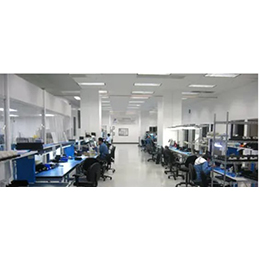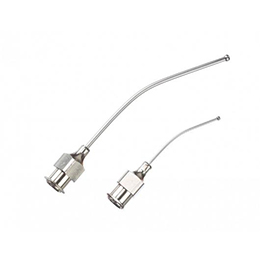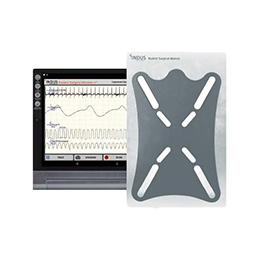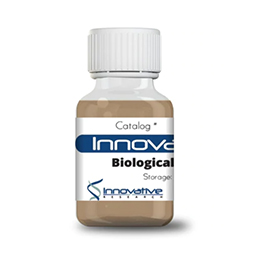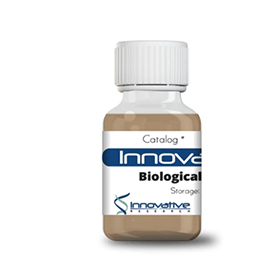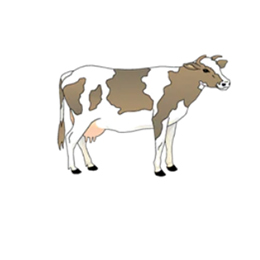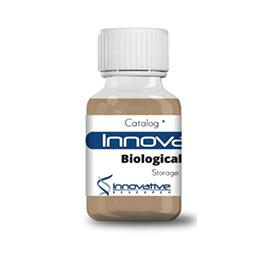Animal Testing
Animal testing research is an important part of drug development. An applicant drug is primarily tested in isolated cells, tissue slices or organs. The studies in living animals show whether the drug functions the same way inside the body as it did in the artificial environment of the laboratory. They also specify how the drug effects the interactions between various cells and organs of the body. If a prospective drug appears to be effective in animals, and passes the initial safety screening, then it can be studied in human trials.
The use of animal models in animal testing research resulted in the advancement of knowledge for how diseases affect humans and animals. It has also led to the effective treatment of disease symptoms or in several cases disease cures. There are a huge variety of animal models utilized in animal testing drug development including, but not limited to mice, rats, cats, dogs, rabbits, Drosophilia, C. elegans, and non-human primates.
Over the past two decades, the drug discovery process has become very well defined. The majority of drug discovery programs hold on to a process that includes target identification, validation, lead compound identification, and lead optimization, followed by pre-clinical testing for efficacy and safety. The mouse models are the most-used animals models in animal testing research. The mouse models become even more powerful when combined with the latest advances in genome sequencing. The methods such as homologous combination, a random transgenesis, CRISPR/Cas9 allows scientists to design mice to test a hypothesis or to generate mouse models of human disease.
We are in the process of finding the right supplier, Please stay tuned…

